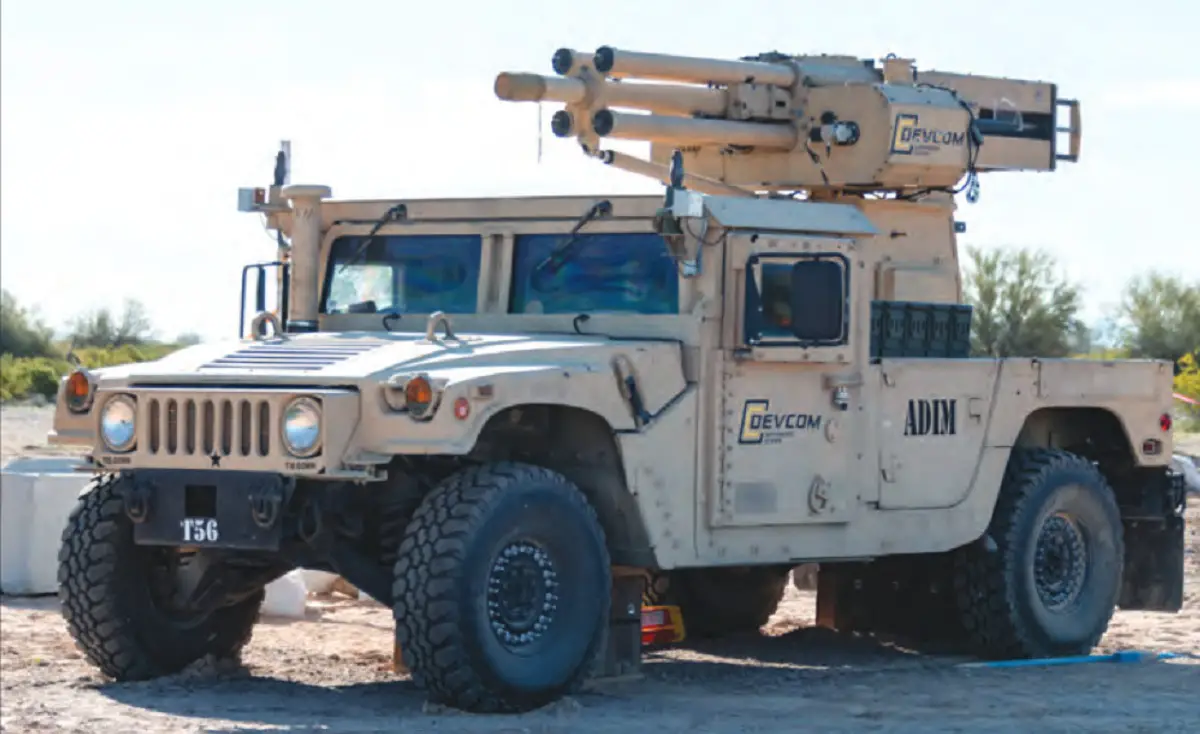For decades, landmines have posed a lethal threat in conflict zones, claiming thousands of lives annually despite ongoing efforts to detect and disarm them. In response, the U.S. Army has intensified its pursuit of innovative solutions aimed at neutralizing these hidden dangers while minimizing risks to personnel. One promising concept undergoing testing is the Ground Obstacle Breaching Lane Neutralizer (GOBlN), designed to create safe passage through minefields by remotely detecting and neutralizing landmines. The GOBlN concept features a M1152A1 High Mobility Multipurpose Wheeled Vehicle equipped with a mortar-mounted launcher for neutralization and a mine detection device. By enabling remote operation, this system ensures that soldiers remain out of harm’s way during breaching operations.

“What we are looking at is not what the gun is doing, it is what is it doing on the other end. What are the effects on the mines we are shooting at. We are getting the observer data to know where they impacted, then after each sequence we go out and do inspections to see the damage on targets and access how we did. They were originally going to have one mine lane, we shoot, go out inspect, and come back. We can’t do that because of the wait times,” said YTC Test Officer Brett Bowman.
“When we go out an assess, we mark each target, so when we fire on them again, we know which ones it hit on the first time and we will know the difference between the first time and the second. We want the shrapnel to come in and pierce the mines so that it damages either the fuse or sets it off. The other possibility is that it creates a reaction and causes it to burn. That one didn’t blow up, it burned. It set on fire and charred up basically. That’s the ideal neutralization. That’s what we want,” explained GOBLN Test Lead Raj Nattanmai with the U.S. Army’s DEVCOM Armaments Center (AC).

The recent GOBlN test, conducted in late March 2024 at the Yuma Proving Ground in Arizona, marks a significant step forward in enhancing the effectiveness and reliability of obstacle breaching vehicles on the battlefield. Comprising three main components—a mortar-based launcher system integrated onto a vehicle platform, a small unmanned aerial system hosting a detection system, and a neutralizing munition—the GOBlN concept focuses on dynamic neutralization. During the test at the Yuma Test Center (YTC), emphasis was placed on assessing the effects of mortar shrapnel on various types of mines, including US M-15 and foreign TM-62M, strategically laid out across six lanes. By meticulously tracking the impact of mortar shrapnel on the mines and their surroundings, the team aims to refine the launcher’s capabilities and optimize its effectiveness.

This proof-of-concept phase is driven by specific criteria, with a focus on achieving desired outcomes such as piercing mines to damage their fuses or triggering controlled reactions. With a streamlined firing window of three weeks, the team conducted over 250 mortar firings, gathering invaluable data to inform further development and refinement of the GOBlN system. Through rigorous testing and refinement, initiatives like the GOBlN project demonstrate the Army’s dedication to safeguarding personnel and enhancing operational effectiveness in an ever-evolving threat landscape. As advancements in technology continue to drive progress, the quest for safer and more efficient landmine countermeasures remains a paramount priority for military forces worldwide.
















